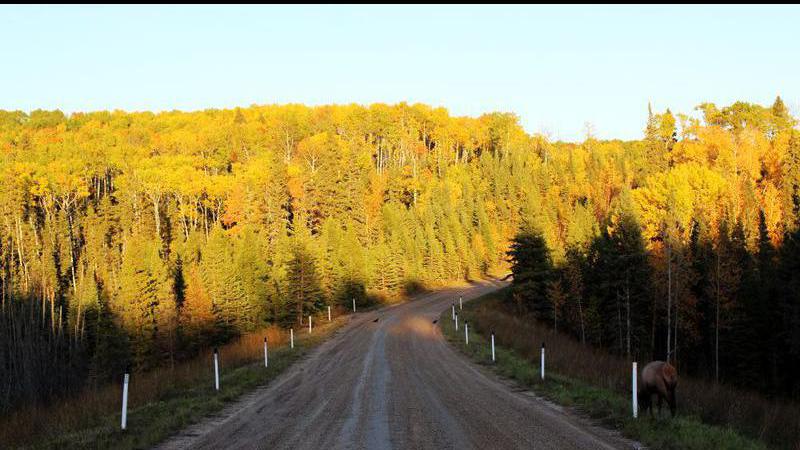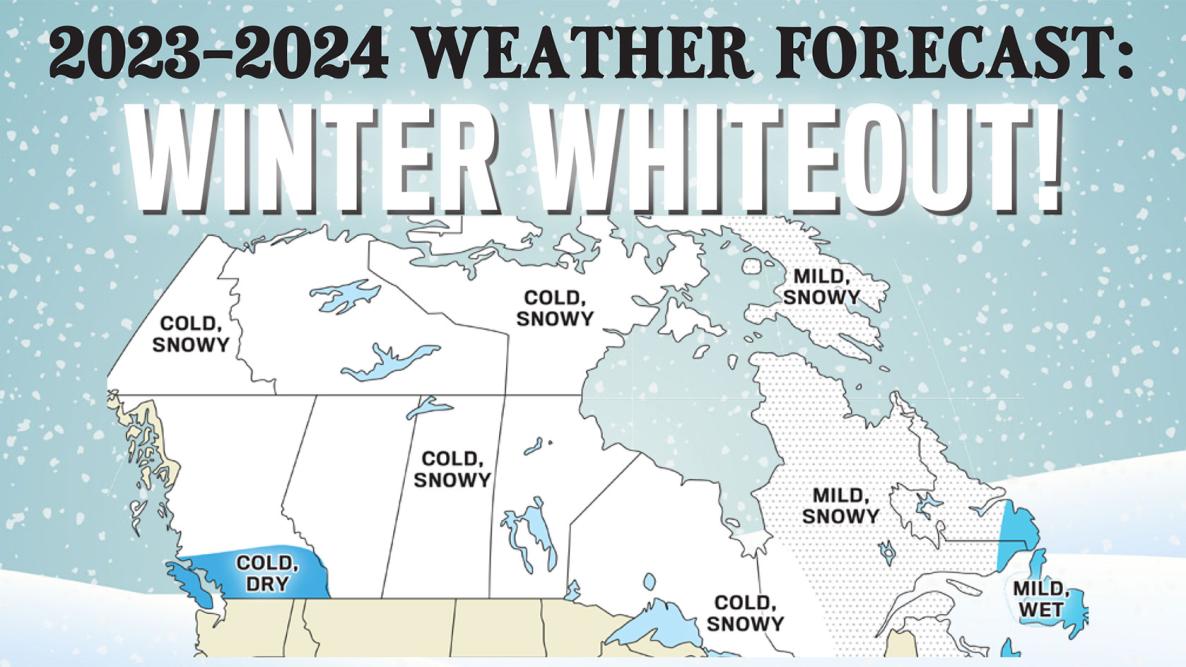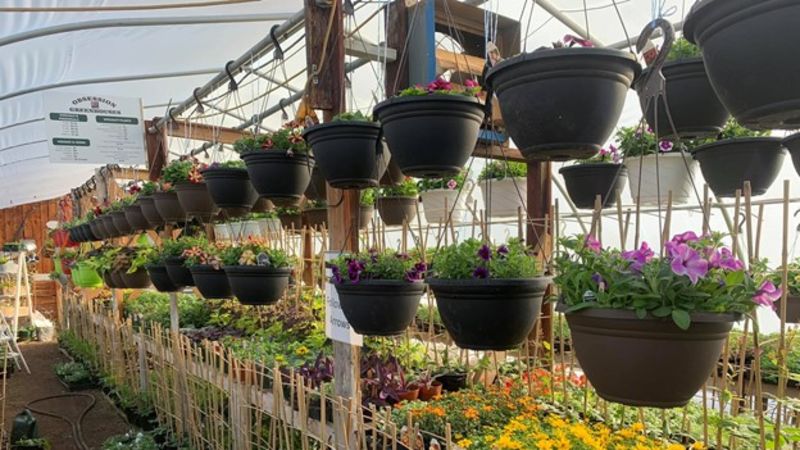
From ‘fickle fall’ to white-out winter, the latest forecasts for Sask. are in
The autumnal equinox is just days away, marking the start of the fall season which can only mean one thing for Saskatchewan: the cold weather is coming.
Most of September has been relatively warm compared to previous years according to Environment Canada with many days exceeding the average highs of 15-20 degrees.
But it won’t be long until the warm days are replaced with cold afternoons and snowfall, the only question is when will it hit and how big?
Last week, The Weather Network released its fall and winter forecasts for the country, painting the picture of what the region can expect. It started by predicting a ‘fickle fall’ for much of the country.



